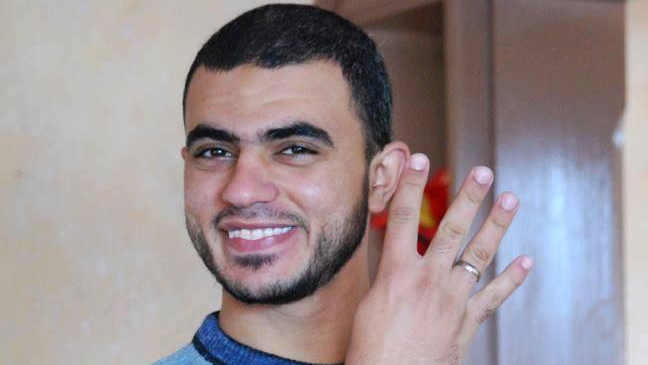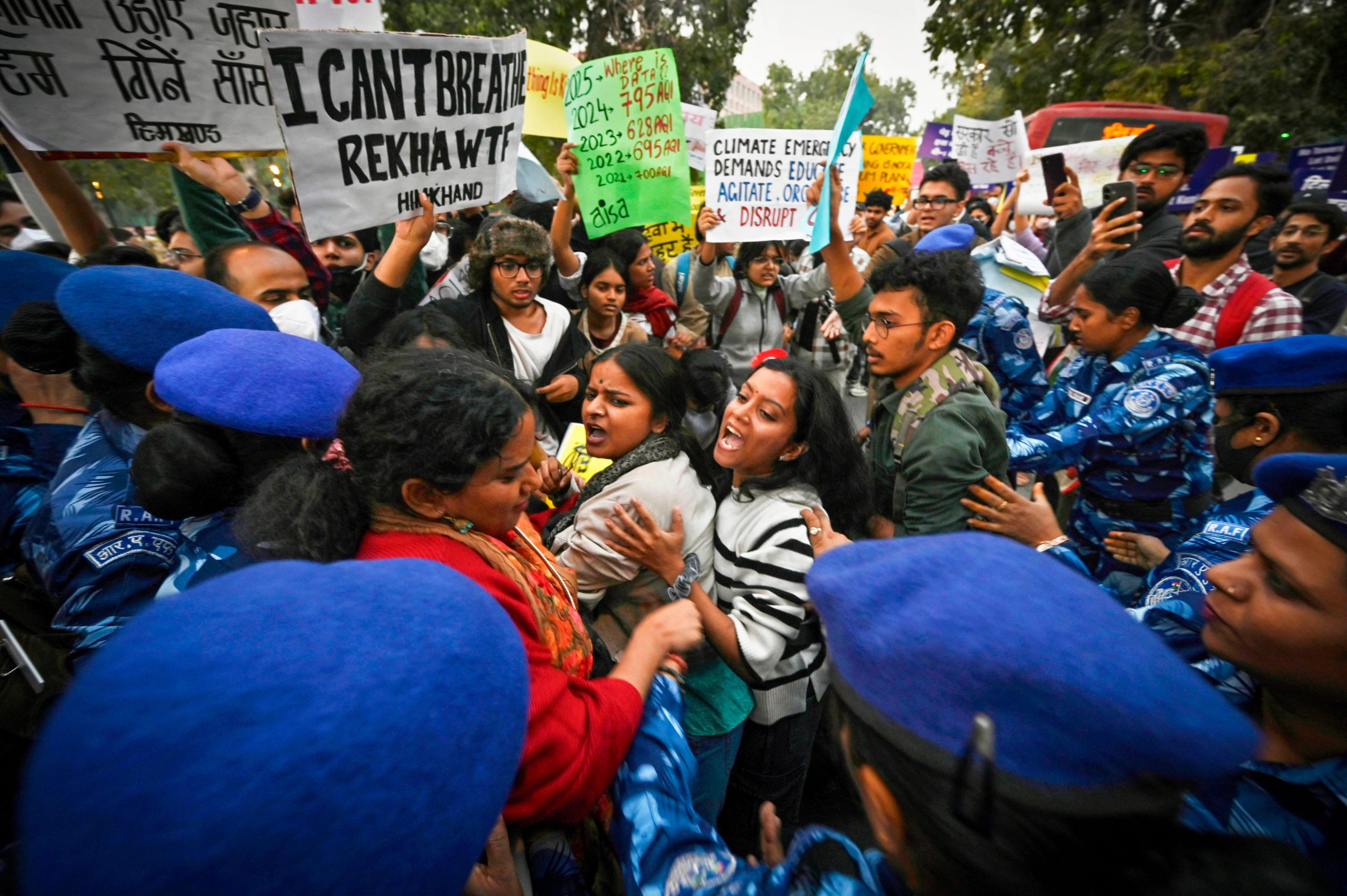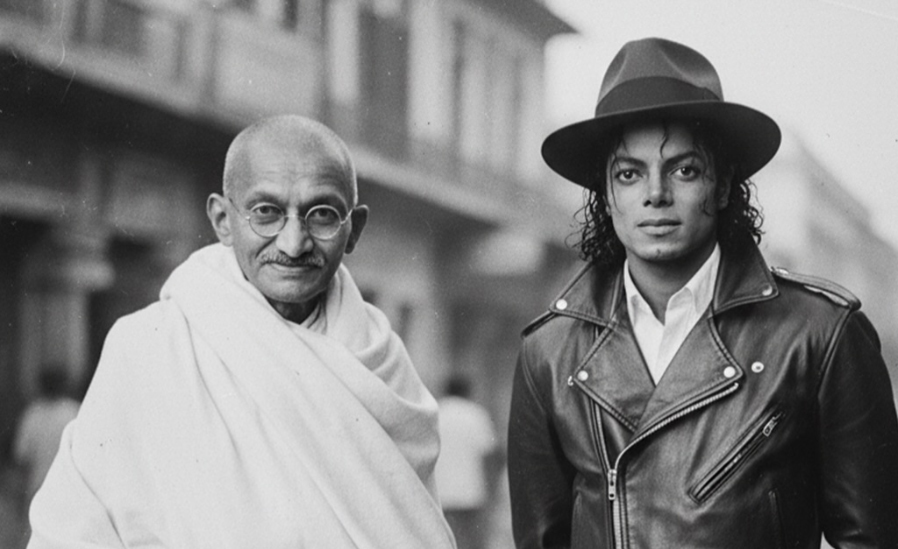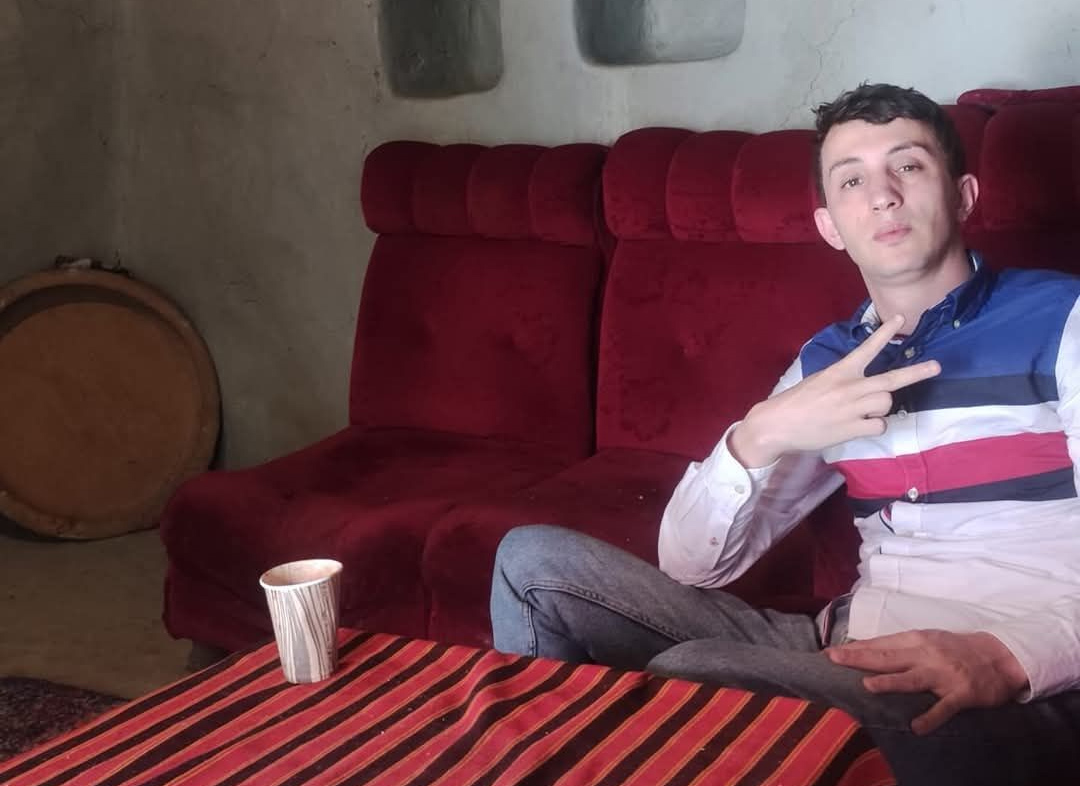
Khaled Hamad was killed while reporting on the Gaza conflict.
News coverage of the ongoing Gaza conflict would be infinitely poorer without local journalists, but it’s clear that international media needs to show their commitment by providing Palestinian reporters and fixers with extra support.
Images of bloodied press vests have become a dark motif of the latest Gaza war. One of the most striking came from 22-year-old photographer Rami Rayan, killed during the shelling of a market in the Shujayah district on the 30 July. The same attack also killed journalist Sameh al-Aryan, aged 26. Before this came the pictures of Khaled Hamed, pulled from the rubble of Shujayah with his broken video camera at his side on the 20 July. In total, 13 Palestinian journalists have been killed in over a month of fighting, according to the International Federation of Journalists.
An earlier statement by the IFJ also listed the names of seven journalists who had been injured when they were struck by shrapnel, with six of these injuries occurring while the journalists were in the field. The seventh was injured when her house was destroyed by an Israeli bombardment.
A journalist’s bullet-proof vest does more than just physically protect the wearer – the “PRESS” marking it is designed to show that they are never a legitimate target. This should stand apart from even the high civilian death toll of this war. Marking oneself as a journalist is to appeal to the so-called “rules of engagement”, that attacking journalists or anywhere where there may be journalists, is a breach of a code that has, until now, lasted since journalists first took to the battlefields to report.
In Gaza, this code has sadly long since worn thin. Hamid Shehab was killed when his parked car was struck by a rocket outside his house on the 9 July. According to the IFJ, his car was “clearly marked as a press vehicle”.
There is no doubt that covering this war has taken its toll on every journalist that has operated in Gaza since fighting began on the 8 July. But sadly, the body count suggests that the dangers for Palestinian media workers covering their homeland in a time of crisis, and those for international journalists who enter to cover the war, are distinctly different. Palestinian media workers include those working for international or local outlets, as well as those working as fixers for international media. The role of a fixer is one that is often overlooked – especially in terms of safety.
In a statement on the 6 August, the Israeli Government Press Office (GPO) stated that they had issued accreditation to 705 journalists from over 42 countries. This is not necessarily the number of journalists who entered Gaza to cover the war, but a GPO card is needed to do so. If even half of this number succeeded to enter and leave Gaza without coming to any harm, they still compare favourably to the numbers of Palestinian media workers who have been harmed.
The Israeli Defense Force (IDF) have taken a certain amount of care to protect international journalists operating on the ground in Gaza, at one point relocating them to two hotels in the strip in order to provide a level of protection during a period of particularly heavy shelling. Although fixers or other Palestinian media workers were free to shelter alongside the international press in the lobby of these hotels, the journey alone may have proved lethal. Add to this that Gazan journalists are unlikely to choose to leave their families at home to suffer heavy shelling while they themselves enjoy this nominal protection.
Even with the IDF awareness of media workers the offices of Al Aqsa TV and Radio, Wattan Radio and the National Media agency were destroyed, and workers at Al Jazeera’s office in Gaza city were forced to evacuate following “warning shots” fired at the building. This occurred days after Al Jazeera was threatened by Israeli Foreign Minister Avigdor Lieberman, who stated at a press conference on 21 July that the foreign ministry was taking steps to investigate the network, with “the intent of not allowing it to broadcast anymore from Israel”.
A tentative ceasefire is currently allowing some respite on the ground in Gaza. But many of the journalists who have left the strip have said that this is not the last war they expect to cover there. Sadly, this is also not the first time that attacks on media outlets have been part of wider attacks on Gaza.
The deaths of Palestinian journalists was also a feature of the 2012 war, when three journalists were killed. One of the most hotly-debated points of this latest bout of destruction has been what constitutes a “legitimate target”. There is one lesson that must stand apart from this discussion: no journalist should ever be included in that category.
The following are statements from fixers and journalists who have been involved in covering Gaza.
In the case of Gaza, nobody is safe. As a fixer I am more exposed to dangers because of continuous movement to the “hot zones”. Last Friday, during the ceasefire, I was 100m away from the front line with the Israeli army in Beit Hanoun. I don’t have equipment for protecting myself like a flak jacket or helmet – my movement from my house to the hotels [where journalists stay] adds more risk. We depend on marking our car with words like TV, hoping that the Israelis will avoid us. What normally privileges foreign journalists over local ones is their financial capabilities.”
— Amjed Tantish is from Beit Lahia, in the north Gaza strip.
Moving around under constant shelling, I wasn’t sure if I would make it back home. I couldn’t get a bulletproof vest, as they are so expensive and I’m a freelancer – I can’t afford it. But also, there is no one who would volunteer to bring one into Gaza from Jerusalem for me. Working without it is risky though. Another danger to Palestinians is that they can be accused of being pro-Israeli. Internationals can come and go, but Palestinians will point fingers at me if I write something they don’t like. I wish that there was an organization that was protecting Palestinian journalists – but as a freelancer, I am responsible for my life. International outlets should take into account that the dangers faced by the local journalists they hire may be quite different – but that should apply to all conflict zones, not just Gaza.”
— Abeer Ayyoub, freelance journalist, Gaza City.
I am usually lucky to find an available flak jacket. Usually I don’t wear protective gear- I would like to buy some, but they are expensive and hard to get during wartime. Instead, I try and assess whether the situation is safe enough to be in, and if it seems too dangerous, I leave. I call ahead to people in the area to see if it’s safe, to find out what the safest route is and to coordinate with people on the ground. For sure, I could get killed. I feel like I could lose everything sometimes. But it’s my work, it’s what I do to get the message out to the world. Some of the people I work with appreciate the work and the risk, but 80 percent don’t care about the risks we take. Most people don’t know about what we do for them. They don’t think about us dying for a picture they sell for $50.”
— Mohammed Rajab, a fixer based in Gaza City.
Danger in this war is everywhere- nowhere is safe. You could survive the hardest hit places, and die in places you think are the safest. I thought that heading to church to do story on displaced families is safe. The next day, it was bombed. Palestinian journalists face different dangers to international journalists – there is a form of discrimination among Gaza-based news agencies. Local staff don’t dare to speak out on this, but if there is a bulletproof car, then international staff have priority to drive it. International journalists are protected by insurance and an affiliation to international and national journalists unions. This gives them protection and insurances if something goes wrong. In Gaza, if a journalist is killed, media outlets cannot care less about their families. Some news agencies know Palestinian journalists well enough in crises, but after the war ends, they dump them. It’s hard for journalists to make themselves indispensible. The outlets I have freelanced for do understand the limitations – but I’ve heard of others that seem to think you could get close enough to danger to hold a rocket in your hands, i.e. get exclusive shots. A friend of mine was injured and his outlet dumped him to find someone new, exactly like you do with car spare parts.”
— Mohammed Omer, a freelance journalist based in Rafah
Israeli forces will open fire on Palestinians, but not internationals. Internationals are just less likely to be shot at – I make sure I wear a bulletproof vest and a helmet, and make sure that I’m clearly marked as press. We need this protective gear. The vest and helmet cost me $1000- and there is no compensation for hazards, even when I work for international media outlets. If you are a Palestinian national that means no insurance either. Foreign journalists at least have the chance of getting their media outlets to cover their life insurance or provide compensation.”
— Yousef Al-Helou, a journalist who covered the two previous wars in Gaza, currently in London
This article was published on August 12, 2014 at indexoncensorship.org




